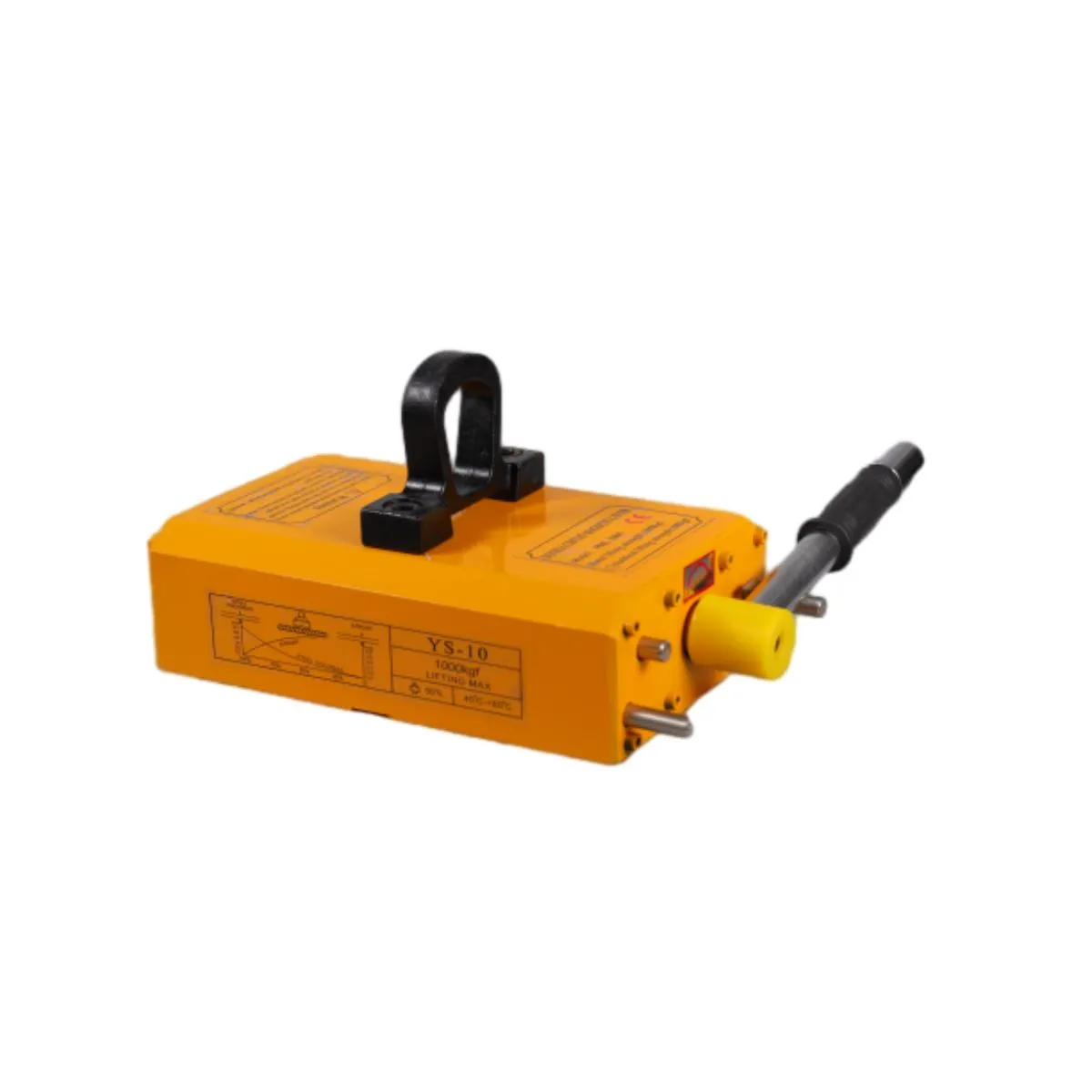Elevating Industries with Innovative Portal Crane Solutions for Enhanced Efficiency
Understanding Portal Cranes An Essential Tool for Modern Construction
Portal cranes are critical components in the modern construction and manufacturing industries. Their design and functionality make them indispensable for a variety of tasks, from lifting heavy materials to facilitating the smooth movement of goods within a facility. This article explores the key features, advantages, and applications of portal cranes, highlighting why they have become a vital tool in contemporary logistics and construction environments.
What is a Portal Crane?
A portal crane is a type of crane that consists of a hoist that moves along horizontal beams, supported by vertical legs. This structure resembles a bridge, which is why portal cranes are often referred to as “bridge cranes.” The primary characteristic of portal cranes is their ability to operate in outdoor environments, making them particularly effective in construction sites, shipyards, and warehouses.
Key Features
1. Design Versatility Portal cranes come in various designs to suit specific operational requirements. They can be fixed or mobile, allowing for either permanent installation or relocation depending on the project needs. 2. Load Capacity These cranes are engineered to lift and transport heavy loads. Depending on their design and the materials used, portal cranes can typically handle load capacities ranging from a few tons to several hundred tons.
3. Height and Span Portal cranes are adjustable in terms of height and span, giving them the ability to accommodate large containers or machinery. Their height clearance and wide beam span help to minimize downtime during loading and unloading operations.
4. Operator Control Many modern portal cranes come equipped with advanced control systems, including remote controls and automated operations. This enhances safety and efficiency, reducing the risk of accidents and improving workflow.
portal crane

Advantages of Portal Cranes
- Improved Efficiency The ability to lift and transport heavy materials quickly and easily increases operational efficiency. Construction projects benefit from reduced downtime, as workers can rely on the crane for seamless material handling.
- Space Optimization With their vertical lifting capabilities, portal cranes require less floor space compared to other lifting systems. This is especially advantageous in crowded construction sites or manufacturing facilities.
- Safety Enhanced safety features, such as load limiters and automatic shut-off mechanisms, make portal cranes a safer option for heavy lifting. They also minimize manual handling, reducing the risk of injuries.
Applications
Portal cranes are widely used across various industries. In construction, they facilitate the movement of steel, concrete, and other heavy materials. In shipyards, they are essential for loading and unloading cargo from vessels. Additionally, they are employed in manufacturing plants to streamline production processes or to transport goods within large warehouses.
Conclusion
In conclusion, portal cranes have emerged as an invaluable asset in the fields of construction and logistics. Their unique design, combined with powerful lifting capabilities and safety features, make them a preferred choice for numerous heavy handling tasks. As industries continue to evolve and demand more efficient lifting solutions, portal cranes will undoubtedly play a pivotal role in shaping modern operational practices. Whether in a bustling construction site or a busy manufacturing facility, portal cranes are set to remain an integral part of the industrial landscape for years to come.
-
Unlock Seamless Relocation with Our Heavy Equipment Moving ExpertiseNewsJun.06,2025
-
Unleash Unrivaled Flexibility with Our Adjustable Gantry CraneNewsJun.06,2025
-
Unleash Heavy-Duty Efficiency with Our Industrial Gantry Crane SolutionsNewsJun.06,2025
-
Revolutionize Steel Handling with Our Magnetic Lifter RangeNewsJun.06,2025
-
Master Equipment Mobility with Premium Machinery Mover SolutionsNewsJun.06,2025
-
Elevate Your Material Handling with Magnetic Lifter TechnologyNewsJun.06,2025
-
YS Permanent Lifting Magnets: The Smarter Way to Handle SteelNewsMay.22,2025
